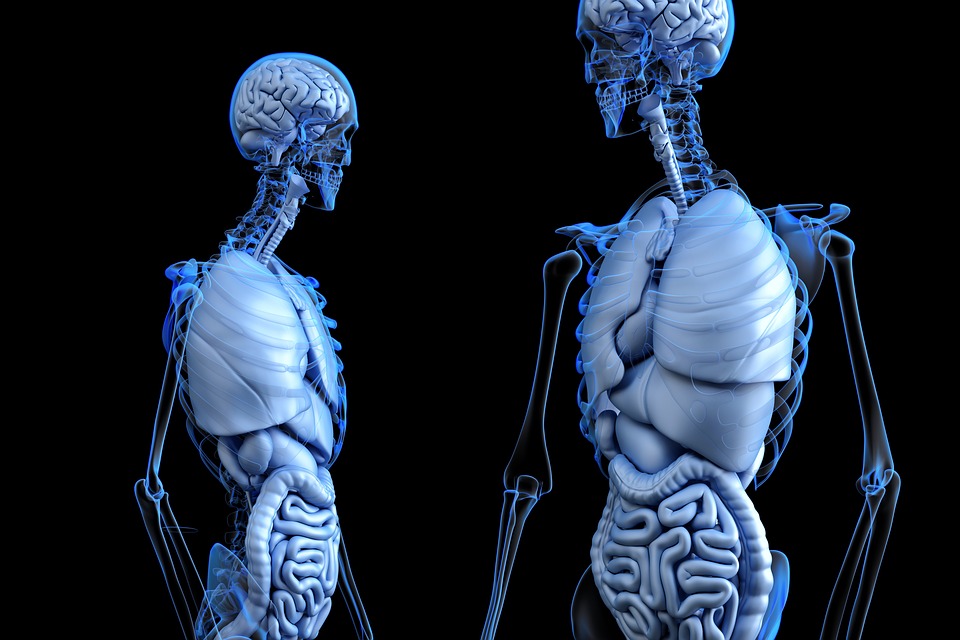
Cervical spondylosis is a disease that is very modern nowadays and attacks people of different ages. This is a general term for age-related wear and tear affecting the spinal disks in your neck. As the disks dehydrate and shrink, signs of osteoarthritis develop, including bony projections along the edges of bones (bone spurs). The damage and the final result of Spondylosis can be permanent so if you have these symptoms you must see a doctor. Read more about it hereinafter.
READ ABOUT the LAST POST: Spend 20 minutes at home for making easy exercises and lose weight.
Many adults, young people, and seniors suffer from a disease like this. As I said cervical spondylosis is very common and worsens with age. More than 85 percent of people older than age 60 are affected by cervical spondylosis. In this post, we will tell you what causes this disease, Spondylosis and which are the symptoms of it.
Most people experience no symptoms from these problems. When symptoms do occur, nonsurgical treatments often are effective but in most of the case, there aren’t any symptoms so the patient gets late for the treatment.
Sometimes, cervical spondylosis results in a narrowing of the space needed by the spinal cord and the nerve roots that pass through the spine to the rest of your body. If the spinal cord or nerve roots become pinched, you might experience:
- Tingling, numbness, and weakness in your arms, hands, legs or feet can be the first sign.
- Lack of coordination and difficulty walking can be the second sign.
- Loss of bladder or bowel control is the last and the third sign.
These three are the most common symptoms and the signs that our body gives us when we have a disease like this.


Risk factors for causing Spondylosis
Risk factors for cervical spondylosis include:
- Age. Cervical spondylosis is a normal part of aging. For example, people after the age of 50 can get the disease.
- Occupation. Jobs that involve repetitive neck motions, awkward positioning or a lot of overhead work put extra stress on your neck.
- Neck injuries. Previous neck injuries appear to increase the risk of cervical spondylosis.
- Genetic factors. Some individuals in certain families will experience more of these changes over time, while others will not.
- Smoking. Smoking has been linked to increased neck pain but it’s not the risk factor of increasing the disease.
This is the end of the post and here we will thank you for your time and attention and we hope that you will be following our page in future too to read other posts we will share with an aim to inspire you for sure!!! Bye and have nice end of the week!!!
